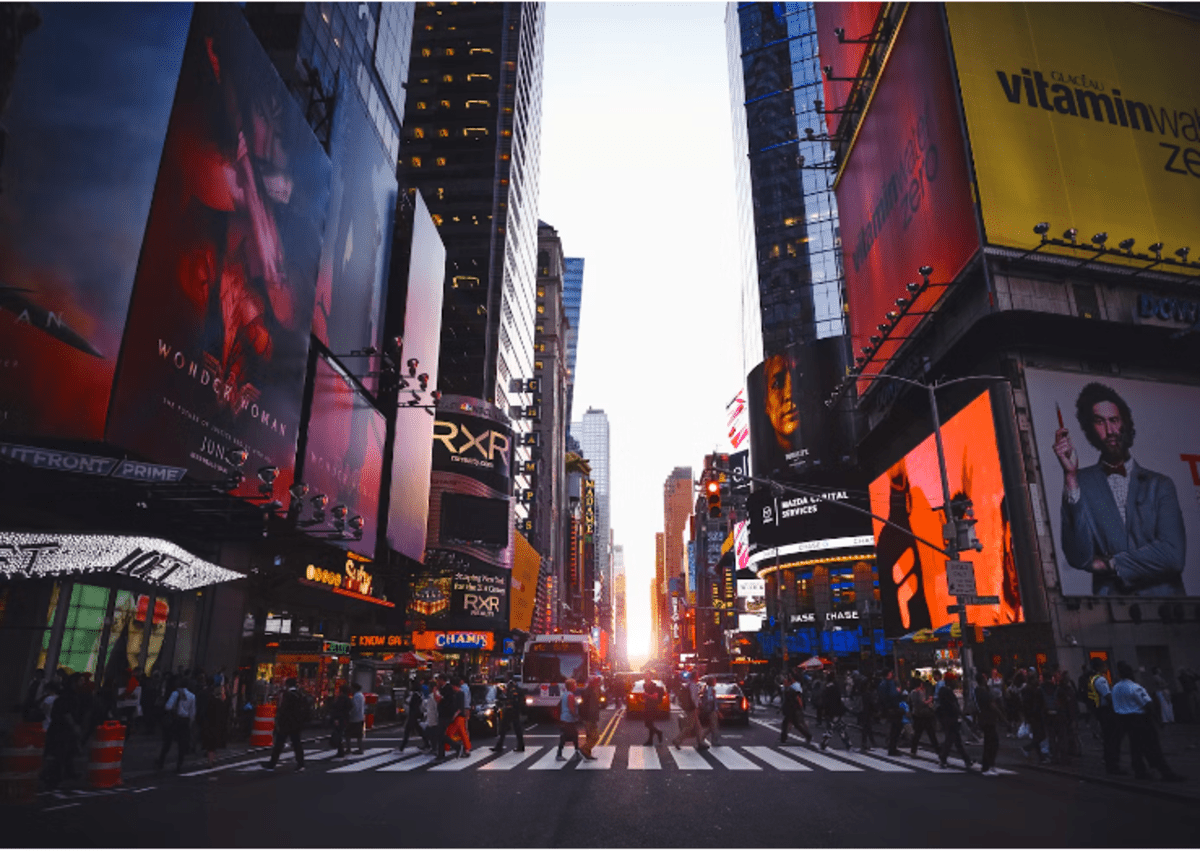The image of bare breasts is a powerful symbol in many cultures around the world, evoking different responses ranging from sexual allure to cultural expression and even social protest. In the media, entertainment, fashion, and art, breasts have long held a place of fascination and often controversy. This article explores the cultural, historical, and societal implications of bare boobs, addressing the roles they play in media, art, gender, and personal identity.
From the societal perception of bare breasts as an object of sexual desire to their role in activism and feminist movements, the portrayal and symbolism of bare breasts are layered and complex. Through this exploration, we’ll consider the evolving relationship that different societies, especially the Western world, have had with the visibility of female bodies, and the ongoing debates about body positivity and the objectification of women.
A Historical Perspective on Bare Boobs
Historically, the exposure of breasts has varied widely across cultures. In many indigenous cultures, breasts were seen as a natural part of the human body, often depicted in art, ceremony, and daily life without shame or eroticism. For example, in ancient Greek and Roman art, depictions of the female form, including the breast, were seen as symbols of fertility, beauty, and the idealized female body. These representations were not always sexualized but rather portrayed women as symbols of life-giving forces and nature.
However, as Christianity spread through Europe during the Middle Ages, strict codes of modesty began to shape views on the human body. The concept of modesty became tied to the Christian moral code, and female nudity, particularly the exposure of breasts, was increasingly regarded as sinful or shameful. This puritanical view of the human body continued for centuries in many Western cultures, where bare breasts became synonymous with illicit sexuality and were relegated to the private sphere.
The Victorian era, for instance, marked an era of extreme modesty where women were covered from head to toe, and public displays of the female body were generally frowned upon. At the same time, the rise of corsetry and fashion trends such as the hourglass shape underscored the cultural obsession with the female body, despite efforts to conceal it.
By the early 20th century, the suffrage and women’s rights movements began to challenge many societal norms, including those surrounding women’s bodies. Women’s liberation movements in the 1960s and 1970s, particularly in the United States, further shifted these attitudes. These movements, which promoted women’s independence, equality, and freedom, played a key role in challenging the stigma around bare breasts. Public figures and artists began to reframe the bare breast as a symbol of empowerment rather than shame.
Bare Boobs in the Modern World
In contemporary society, the visibility of bare breasts has taken on diverse meanings, shaped by factors such as media representation, social norms, and gender politics. The exposure of breasts in media and pop culture, particularly in films, advertising, and social media, has become a focal point for debates on sexuality, body image, and objectification.
Sexualization of Breasts in Media and Advertising
One of the most common associations with bare breasts in modern media is their sexualization. The portrayal of women’s bodies, particularly their breasts, as objects of desire has been a hallmark of advertising, television, and film. Marketing campaigns often use images of bare-breasted women to sell everything from cars to food, capitalizing on the notion that breasts are inherently sexually appealing.
This sexualization of breasts is not without controversy. Critics argue that this kind of objectification perpetuates the idea that women’s value is linked primarily to their physical appearance and sexual appeal. Feminists have long critiqued the representation of bare breasts in advertising and media as reinforcing traditional gender roles and reducing women to mere objects of male desire.
However, some counter-narratives also exist in the media. For instance, in recent years, celebrities and influencers have used social media platforms to challenge the sexualization of breasts. The “Free the Nipple” movement, which advocates for gender equality and the right for women to show their bare breasts in public without facing legal or social consequences, has gained traction. The movement seeks to break down the stigma surrounding bare breasts, pointing out the hypocrisy in laws that allow men to go topless but criminalize women for the same act.
Body Positivity and Empowerment
The body positivity movement, which has gained significant traction in recent years, emphasizes the acceptance and celebration of all body types, including breasts of all sizes, shapes, and appearances. This movement has helped to reclaim breasts from the realm of sexual objectification and turn them into symbols of personal agency and self-love.
Women today are increasingly encouraged to embrace their bodies, including their breasts, whether through art, social media, or activism. Celebrities like Rihanna, Miley Cyrus, and Kendall Jenner have publicly embraced body freedom by going topless in photoshoots, music videos, or on social media. These moments help reshape the narrative around bare breasts, shifting the focus from sexualization to empowerment, and challenging cultural taboos.
The body positivity movement also stresses the importance of accepting “imperfections” such as stretch marks, scars, and different breast shapes or sizes. By embracing the diversity of women’s bodies, it aims to create a more inclusive, non-judgmental culture around nudity.
Breasts in Art and Feminist Expression
Art has long been a medium through which the human body, including breasts, is explored, questioned, and celebrated. Female artists, such as Judy Chicago and Georgia O’Keeffe, have used representations of the female body in their work to challenge traditional portrayals and explore themes of fertility, identity, and sexuality. The act of portraying bare breasts in art, especially in the context of feminist movements, is often a way of reclaiming ownership of women’s bodies and rejecting objectification.
Feminist art movements, particularly in the 1970s and 1980s, used bare breasts to protest the patriarchal control of women’s bodies and to question traditional norms of modesty and sexualization. For instance, artists like Carolee Schneemann and Linda Nochlin have used their own bodies, including their bare breasts, to confront societal taboos and challenge the male gaze that often dictates how women are portrayed in art.
Cultural Differences and Global Perspectives
While Western societies have often viewed bare breasts with a mix of sexual fascination and moral disapproval, other cultures have different perspectives on nudity and the exposure of the body. In some African, Indigenous, and Pacific Islander cultures, bare breasts are seen as a normal and natural part of daily life. In these cultures, breast-feeding is not hidden, and there is often less sexualization associated with the female breast.
In contrast, some societies, particularly in the Middle East and South Asia, uphold strict modesty codes regarding the female body. In many conservative societies, the public exposure of breasts is taboo, and laws often regulate dress codes, requiring women to cover their breasts and bodies in public spaces. These restrictions can be a source of tension, particularly among younger generations, who may challenge traditional norms.
In countries like France and Brazil, topless sunbathing is common in beaches, and women often go topless in public without facing the same stigma that is found in other cultures. Here, the visibility of breasts is often seen as a celebration of body freedom and a connection to nature, rather than a sign of sexual availability.
The Intersection of Nudity, Politics, and Activism
The issue of bare breasts has also played an important role in various political and social movements. For example, in 2011, the feminist activist group Femen became famous for organizing topless protests against patriarchy, religious oppression, and political corruption. Their use of bare breasts as a tool of protest was controversial, but it also drew attention to important issues related to women’s rights and the power dynamics of gender.
Similarly, in the “Free the Nipple” movement, the focus on bare breasts aims to challenge social norms around modesty and nudity. Activists argue that if men are allowed to go topless in public without consequence, women should have the same freedom. This movement has led to changes in laws regarding toplessness in several countries, though it continues to face significant opposition from conservative groups.
Conclusion
The topic of bare breasts is multifaceted, encompassing a wide range of cultural, social, and personal dimensions. From being symbols of sexuality and fertility in ancient art to becoming powerful tools of feminist activism, bare breasts represent a complex intersection of identity, politics, and body image.
As societal attitudes toward the human body continue to evolve, the visibility and representation of bare breasts remain a subject of ongoing debate. In many ways, the shifting perspectives on bare boobs—ranging from objectification to empowerment—reflect broader cultural movements toward greater gender equality, body acceptance, and personal freedom.
While the journey toward fully reclaiming and redefining the narrative around bare breasts is ongoing, the conversation itself is a crucial part of the broader struggle for body autonomy and gender equality. As more people embrace body positivity and challenge cultural taboos, society may eventually arrive at a place where the simple act of bearing one’s chest no longer carries with it the heavy weight of judgment or shame.
FAQs
1. Why are bare breasts considered taboo in some cultures?
In many cultures, the exposure of bare breasts is tied to historical and religious beliefs around modesty and morality. Particularly in Western societies, breasts have been sexualized, and any form of nudity is often associated with shame, sin, or impropriety. These cultural norms are reinforced through legal systems, media, and social institutions.
2. What is the “Free the Nipple” movement?
The “Free the Nipple” movement advocates for gender equality by challenging laws and social norms that make it illegal or taboo for women to go topless in public. It highlights the inconsistency between men’s and women’s rights to show their bodies and fights for the normalization of female breasts in the public sphere.
3. Are breasts only sexualized in Western cultures?
No, while breasts are often sexualized in Western media and advertising, different cultures view them in varying ways. In some indigenous and non-Western societies, bare breasts are seen as normal and not sexualized. In contrast, other cultures, particularly in the Middle East and parts of South Asia, impose strict dress codes and view breast exposure as inappropriate.
4. What role do breasts play in feminist activism?
Breasts have been used by feminist activists as a tool for protest and empowerment. Movements like Femen and the “Free the Nipple” campaign use bare breasts to challenge gender inequalities, question societal norms, and reclaim ownership of women’s bodies. These actions seek to redefine the way society views female bodies.
5. How can body positivity change the perception of bare breasts?
The body positivity movement encourages people to embrace all shapes and sizes of bodies without shame. By rejecting traditional beauty standards and challenging the objectification of women’s bodies, body positivity helps to shift the narrative around bare breasts, promoting acceptance, confidence, and empowerment for individuals of all body types.

 Life Style4 months ago
Life Style4 months ago
 Fashion3 months ago
Fashion3 months ago
 News4 months ago
News4 months ago
 Life Style4 months ago
Life Style4 months ago
 Life Style4 months ago
Life Style4 months ago
 Life Style4 months ago
Life Style4 months ago
 Entertainment4 months ago
Entertainment4 months ago
 News4 months ago
News4 months ago




